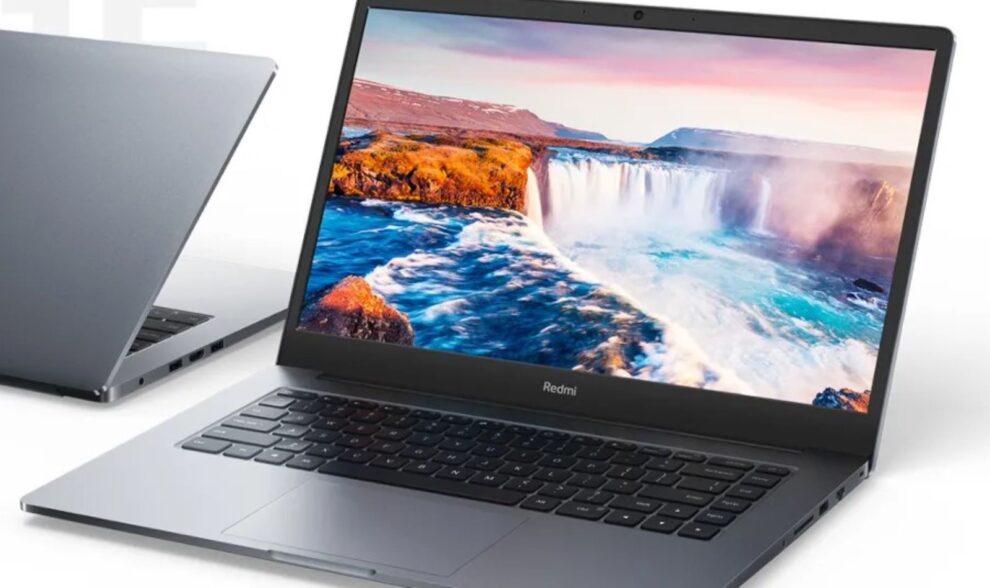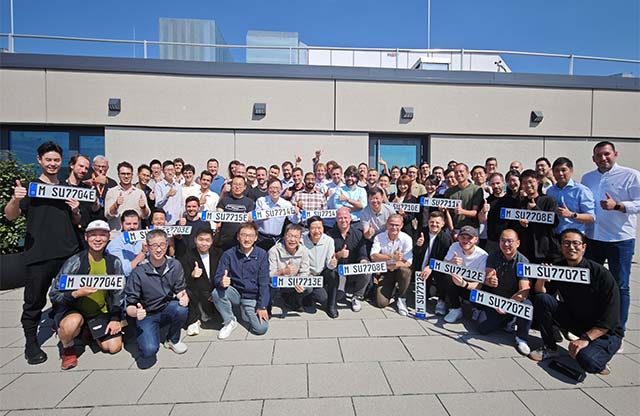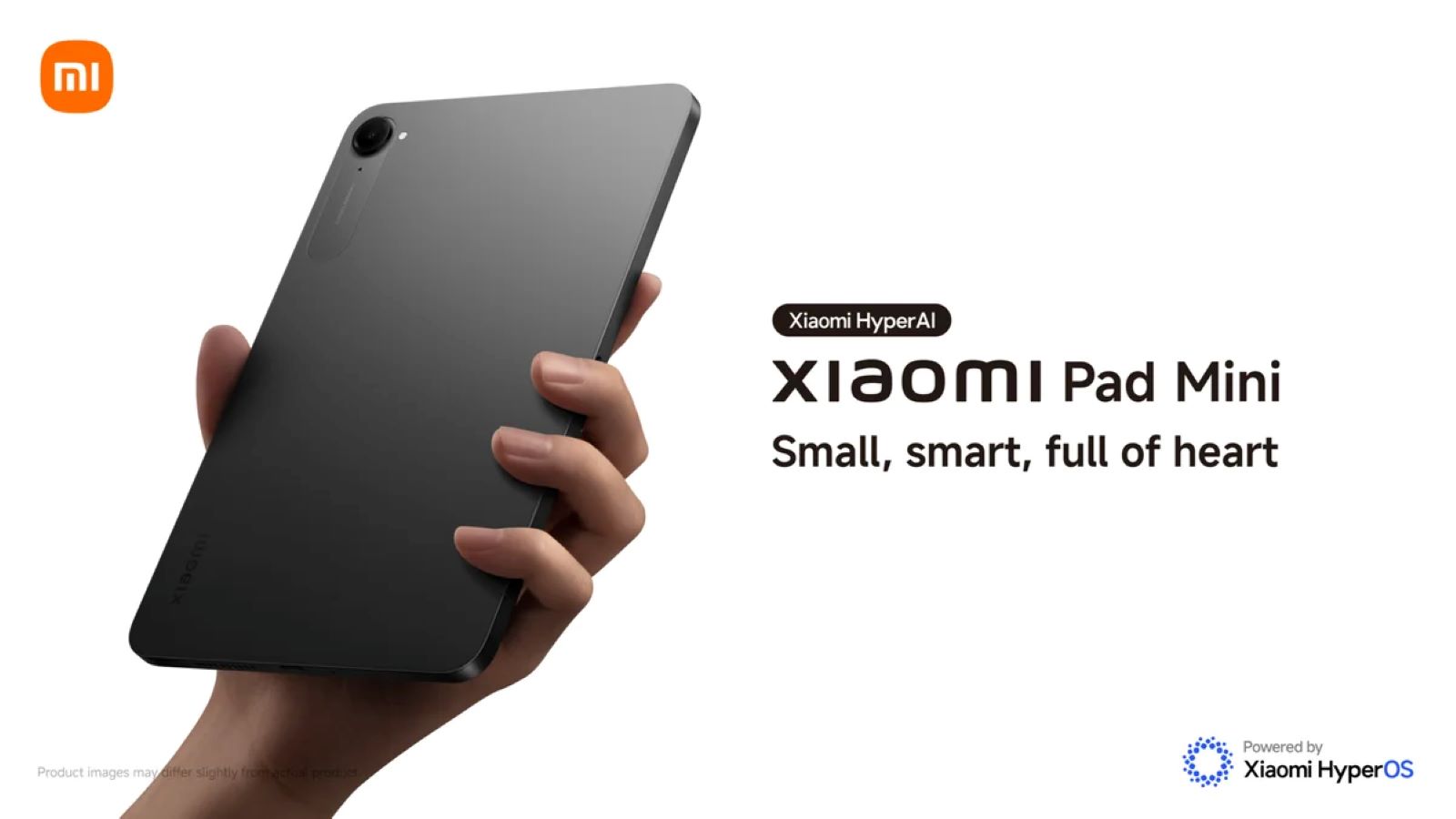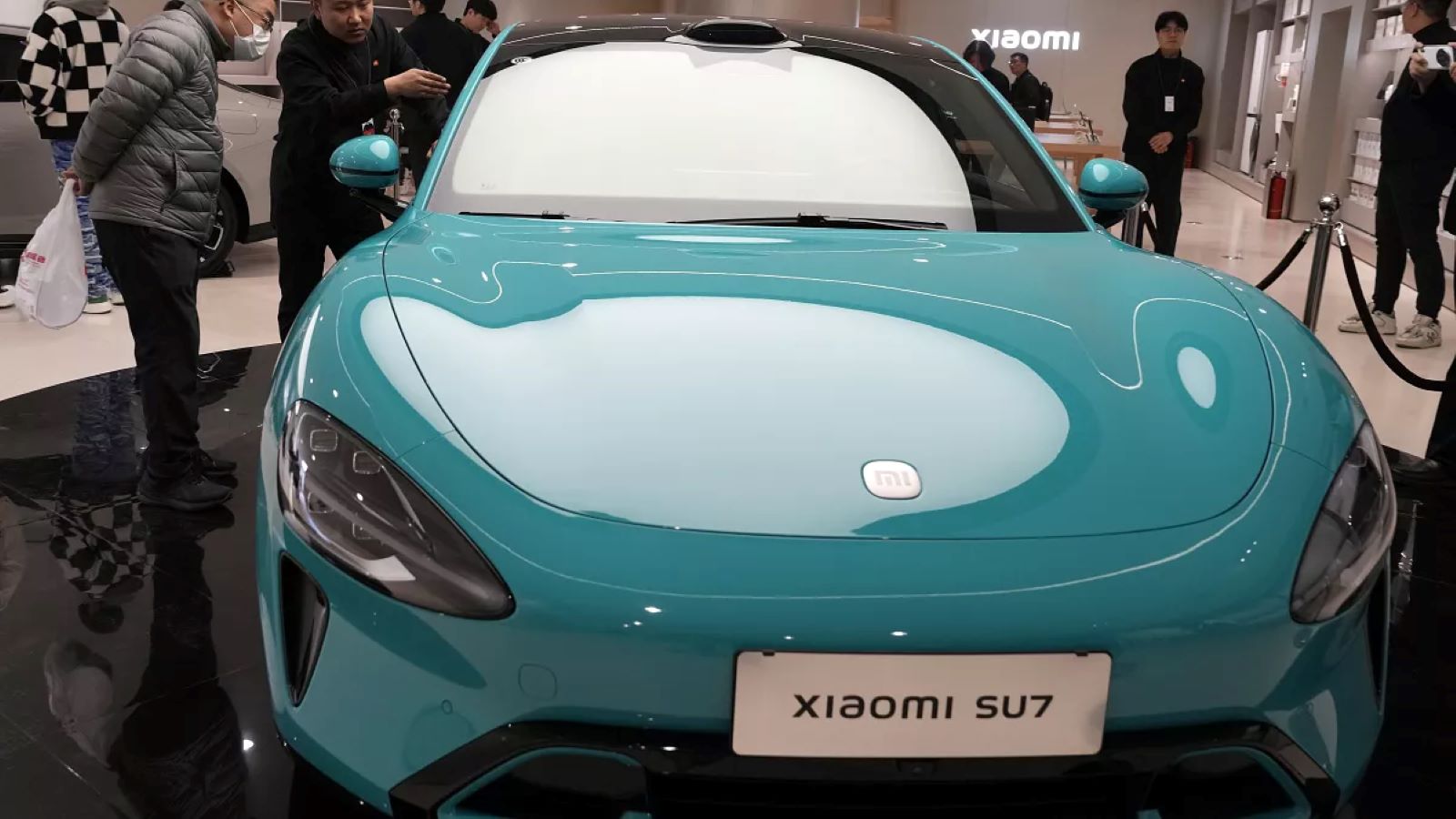The upcoming Linux kernel update, version 6.18, is set to bring meaningful improvements for Xiaomi and Redmibook laptop users. A new driver has been merged into the kernel that allows Linux users to control their laptop’s performance modes. Until now, this feature was available only on Windows. With this change, users will be able to choose between power profiles that balance speed, cooling, and noise depending on their needs.
Key Takeaways
- Linux kernel 6.18 introduces a new driver for Xiaomi laptops.
- The driver enables “platform profiles,” giving users control over performance modes.
- Modes include Balanced, Performance, and Quiet.
- This provides direct control over CPU speeds and fan behavior.
- The update applies to a range of Xiaomi and Redmibook laptops.
Running Linux on laptops has always been rewarding, though not without a few challenges. While the operating system kernel powers popular distributions like Ubuntu, Fedora, and Mint, hardware support sometimes misses smaller features. Manufacturer-specific tools such as shortcut keys or performance tuning apps often exist only for Windows, leaving Linux users without access.
That picture is starting to change for Xiaomi laptops. The Redmibook series, in particular, has become popular in countries like India thanks to strong performance at affordable prices. With Linux 6.18, these devices gain proper support for platform profiles, bringing them more in line with the Linux ecosystem.
Platform profiles are already a standard feature in Linux. They provide a straightforward way to adjust how a system handles power consumption and thermal limits. A developer from Red Hat submitted the code that makes this possible on Xiaomi devices. The driver works by allowing Linux to communicate directly with the laptop’s firmware and adjust its operating mode.
Once users install a Linux distribution that includes the 6.18 kernel or newer, Redmibook laptops will offer three distinct performance modes:
- Performance Mode: Maximizes CPU speeds for heavy workloads like gaming or video editing, with fans running louder to handle the extra heat.
- Balanced Mode: The everyday default, combining decent performance with manageable noise.
- Quiet Mode: Reduces power usage to keep the system cooler and fans nearly silent, making it useful in quiet spaces and for extending battery life.
This improvement helps bring Linux integration on Xiaomi laptops closer to what users expect from their desktop environments. Switching between modes will be as simple as adjusting brightness or toggling Wi-Fi. For many users, it is a small but very welcome change that makes running Linux on a Redmibook laptop a more complete experience.
Frequently Asked Questions (FAQs)
Q. What is the Linux 6.18 kernel?
A. The Linux kernel is the core of the Linux operating system. Version 6.18 is a future release that will include new features, hardware support, and bug fixes. Linux distributions will start using it in their updates a few months after its official release.
Q. Which Xiaomi laptops will get this feature?
A. The improvement applies to modern Xiaomi and Redmibook laptops that use the company’s specific firmware interface for controlling power modes. While a complete list is not available, most recent models are expected to be compatible.
Q. How can I get this update on my Redmibook?
A. You will need to update your Linux distribution once it incorporates the 6.18 kernel. This usually happens through the standard system software updater. Distributions like Fedora and Arch Linux often receive new kernels faster than others like Ubuntu LTS.
Q. What are platform profiles in Linux?
A. Platform profiles are a standardized system in Linux for controlling the performance and power characteristics of hardware. It allows users to choose between presets like “performance,” “balanced,” and “power-saver” or “quiet” directly from their desktop environment’s settings panel.
Q. Will this update improve my Redmibook’s battery life?
A. Yes, it can. By switching to the “Quiet” or a power-saver profile, your laptop’s processor will consume less power, which can lead to longer battery life during light use.











Add Comment